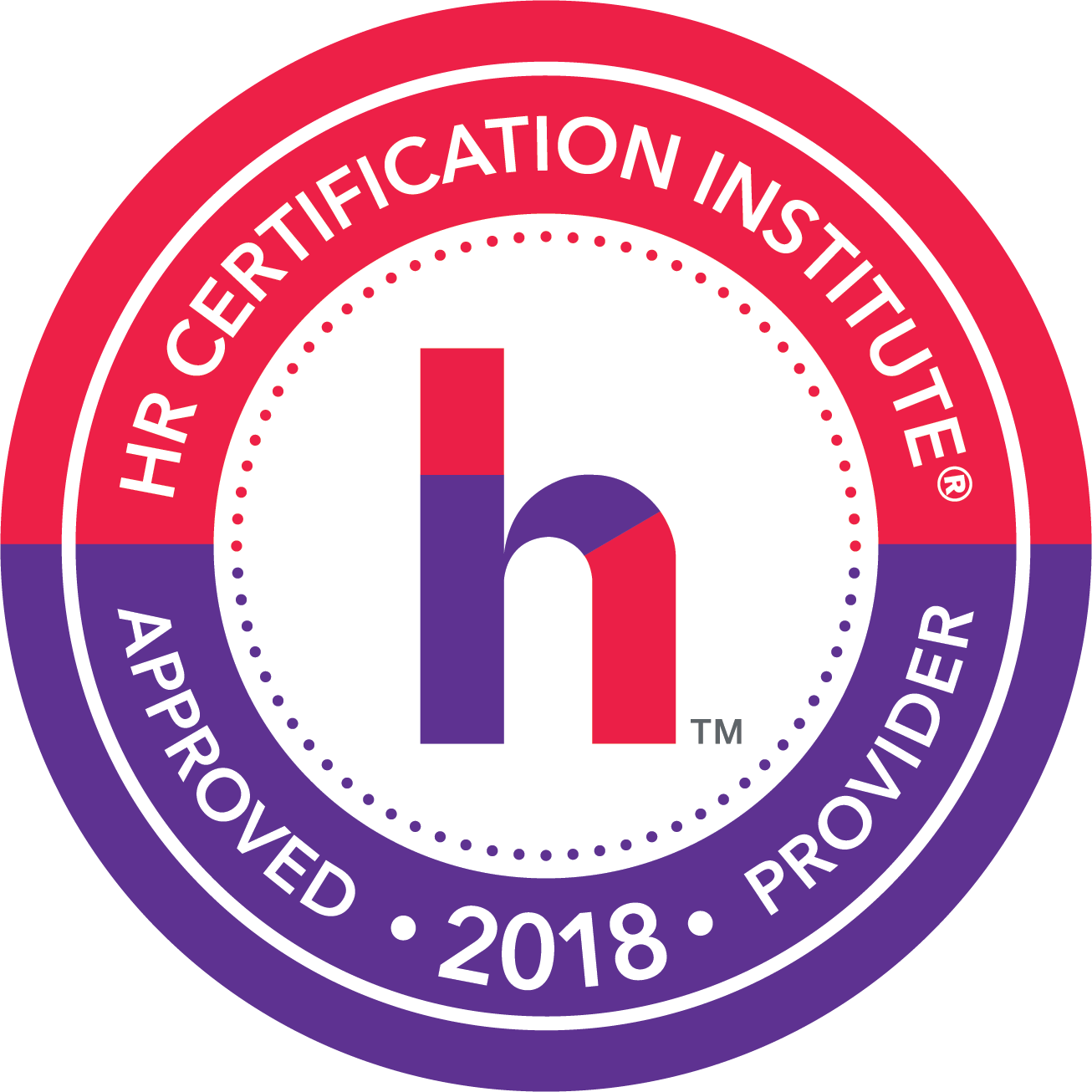Electronic Disclosure Under ERISA: Using Websites and Email to Meet ERISA Disclosure Requirements
Tonie Bitseff is a member of the Corporate Law and Labor & Employment Practice Groups in the Buchalter’s Seattle office. Ms. Bitseff provides advice on compensation and benefits matters and serves as ERISA counsel in connection with employee benefit plans and employers. Ms. Bitseff addresses legal issues in design, implementation, administration, corrections, and conflict resolution related to health plans, severance plans, life insurance, disability benefits, wellness plans, 125 plans, individual account plans (HSAs, FSAs, and HRAs), and retirement plans. She assists clients with design, diligence review, internal audits, benefits outsourcing, vendor management, coverage issues, ERISA fiduciary liability, ERISA claims, and appeals processes, and government audits. Ms. Bitseff also serves as ERISA counsel supporting contract negotiations and business transactions such as mergers and acquisitions. She earned her J.D. from Seattle University School of Law, her LL.M. from the University of Washington and has served as adjunct faculty for graduate programs and as a frequent speaker on benefits and tax issues.

This webinar has been approved for 1 HR (General) recertification credit hours toward aPHR™, PHR®, PHRca®, SPHR®, GPHR®, PHRi™ and SPHRi™ recertification through HR Certification Institute® (HRCI®). Please make note of the activity ID number on your recertification application form. For more information about certification or recertification, please visit the HR Certification Institute website at www.hrci.org
For any further assistance please contact us at support@grceducators.com

The IRS and the Department of Labor allow electronic communications such as email and web-postings to satisfy ERISA disclosure requirements, but many administrators are not aware of the specific rules that apply to these disclosures. The Department of Labor and the IRS outline general requirements for electronic disclosure. First, the fiduciary must provide access instructions and the opportunity for a paper copy on request. The posted notice must meet applicable content and timing requirements, protect individuals’ account and benefit confidentiality, and identify the subject matter and its significance.
Beyond the general requirements, there are two distinct types of electronic disclosures and certain consent requirements depending on the type of disclosure. The first type of disclosure through electronic media that is used is integral to workplace access. Electronic disclosures through a device where there is “workplace access” at the job location through electronic media that is integral to job duties do not require affirmative consent. All other disclosures require affirmative consent at specific times after required notices have been provided.
This presentation reviews the consent requirements, discusses best practices in collecting consent, looks at specific case studies where failure to follow the regulations exposed the plan to liability, and offers solutions that allow sponsors better ways to take advantage of electronic disclosures.
The IRS and the Department of Labor allow electronic communications such as email and web-postings to satisfy ERISA disclosure requirements.
Areas Covered
- Electronic disclosures in the workplace
- Electronic disclosures without workplace computers
- Electronic disclosures using email
- Electronic disclosures using websites
- Electronic disclosure using kiosks
- Obtaining knowing consent to the disclosure
Course Level - Basic and Intermediate
Who Should Attend
Human Resource Directors, Benefits Managers, CEOs, or CFOs managing pension plan and welfare plan compliance.
Why Should You Attend
The IRS and the Department of Labor allow electronic communications such as email and web-postings to satisfy ERISA disclosure requirements, which offers cost savings for benefit plans. Most benefit plans take advantage of technology to satisfy mandatory disclosure requirements, but many administrators are not aware of the specific rules that apply to these disclosures. Benefit plans that do not follow these rules are unknowingly out of compliance. The level of risk and exposure depends on the type of disclosure violation. Many requirements carry a potential penalty of $110 per day, but penalties are not the only concern. For example, failure to provide a Summary Plan Description could result in an inability to enforce limitations and restrictions. Under certain circumstances, this could result in claims worth many thousands of dollars. The basic rules are fairly simple and worth taking an hour to learn.
-
$200.00
-


